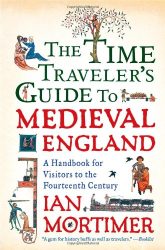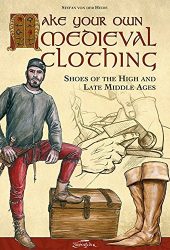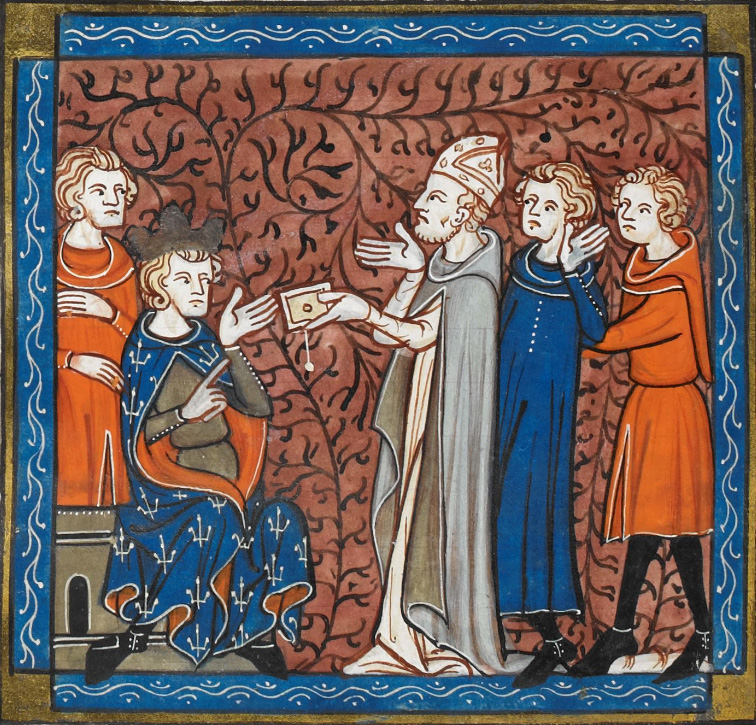
Medieval messengers carried out a dangerous but prestigious job. Messengers were considered lesser diplomats, usually in service of a king or lord. If the news delivered were unfavourable for the receiver, though, the messenger could be blamed and imprisoned or killed.
Messengers delivered news and messages across the land. To do so effectively, they had to have topographical knowledge, know how to read and write and be able to work with horses. The wages of messengers were usually higher than that of an average worker.
History of Messengers
Messengers have existed in practically all civilizations, from the Persian Empire to the Inca state. In ancient times, messages were hand-delivered using homing pigeons, runners, and riders on horseback. We know, for example, that the Persian Cyrus the Younger used couriers.
The Greek courier Pheidippides is said to have run 26 miles to bring the news of the Greek victory over the Persians from Marathon to Athens in 490 BCE. In Rome, chariot-mounted couriers called anabasii quickly carried messages over long distances.
In the Middle Ages, messengers were trusted by rulers, bishops and nobles to navigate difficult, dangerous terrain and act on their behalf. Universities, monasteries, trading companies and even towns had their own messengers – some of whom were protected by royal decree. Of course, only the most wealthy organization and individuals could afford private messengers – a monetary effort that also had to include the cost of horses, travel expenses, and accommodation. For this reason, messengers usually worked as “freelancers”, carrying messages from different sources,
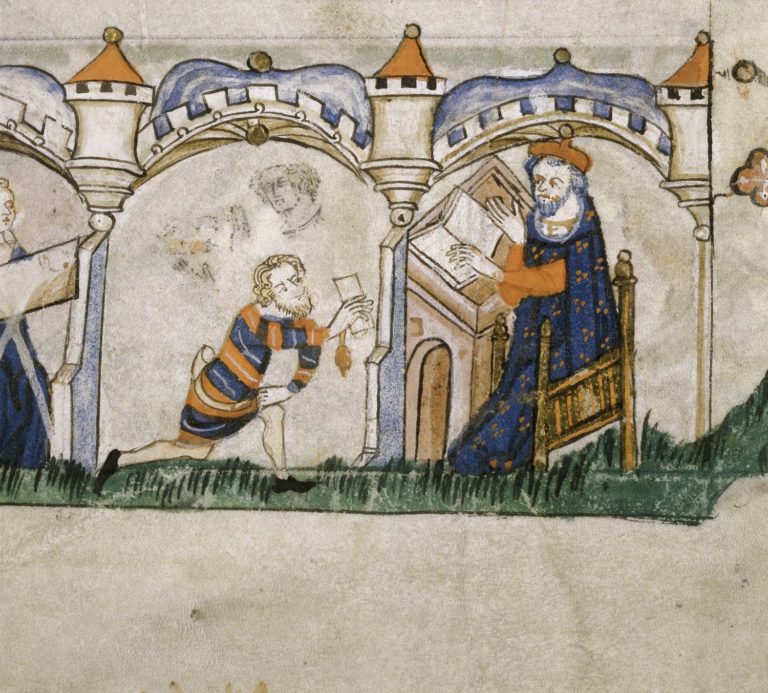
The Ideal Medieval Messenger
The ideal messenger had to be fit and healthy. It helped if they could also speak more than one language. For example, Latin would help to deal with the Pope, bishops, and abbots, while those travelling overseas were expected not just to deliver the message abroad but to gather information about their surroundings.
A medieval messenger would frequently use pack animals to carry luggage or ride upon (and to bring gifts, which had to be carefully selected to match the rank and status of the recipient). Sometimes, couriers would also adopt a disguise such as that of a pilgrim, hiding sensitive messages in clothing, walking staffs, or shoes.
Transporting a Messenger
Horses, asses and mules were preferred. The ass, originally from North Africa and Arabia, was particularly used by members of religious orders. Riding one was seen as a sign of humility. Horses were regarded more as an animal for the upper classes, were stronger and could generally travel faster. They were the choice of those carrying urgent news. Mules were sturdy and noted for their endurance. They were less expensive to feed than a horse and ideal for long or arduous journeys.
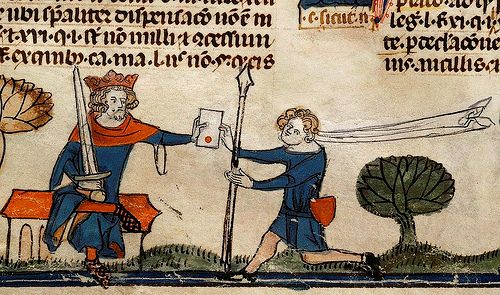
Books about Medieval Life
More Medieval Occupations

Medieval Minstrel
Medieval minstrels sang, played musical instruments, and told engaging stories. Here’s what life was like for a minstrel in the Middle Ages.
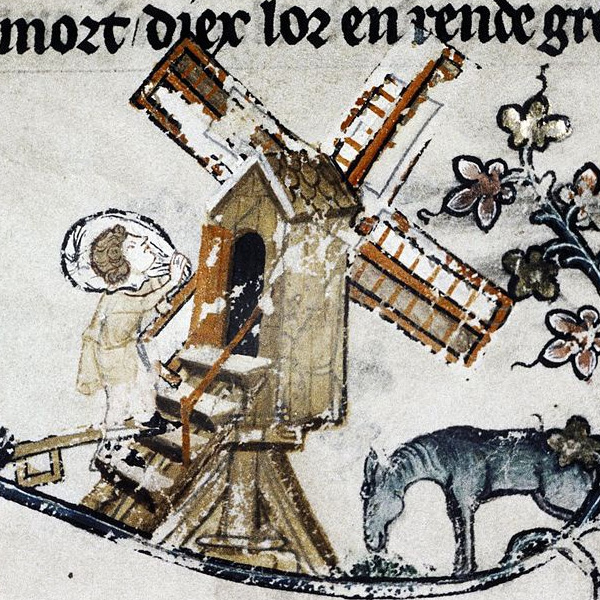
Medieval Miller
Millers were some of the most important tradesmen in the Middle Ages. Learn more about this medieval profession and how millers lived.
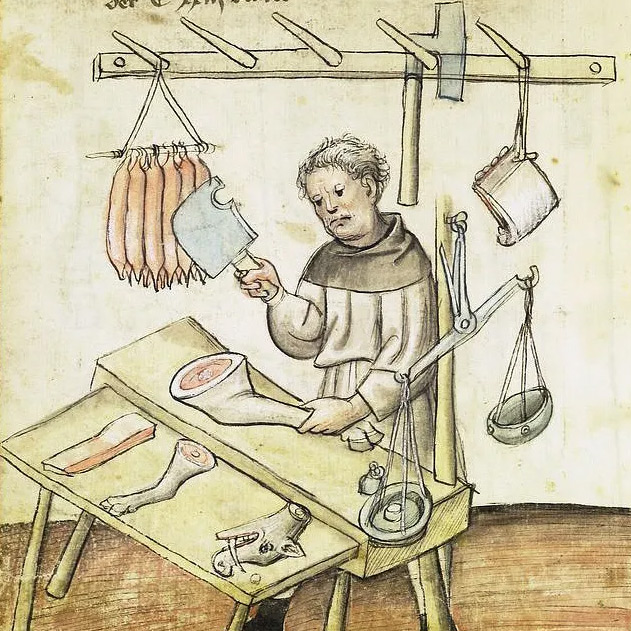
Medieval Butcher
Middle Ages butchers prepared meat, fish, and fowl for the people in a castle or a city. They sometimes had stalls in a marketplace.
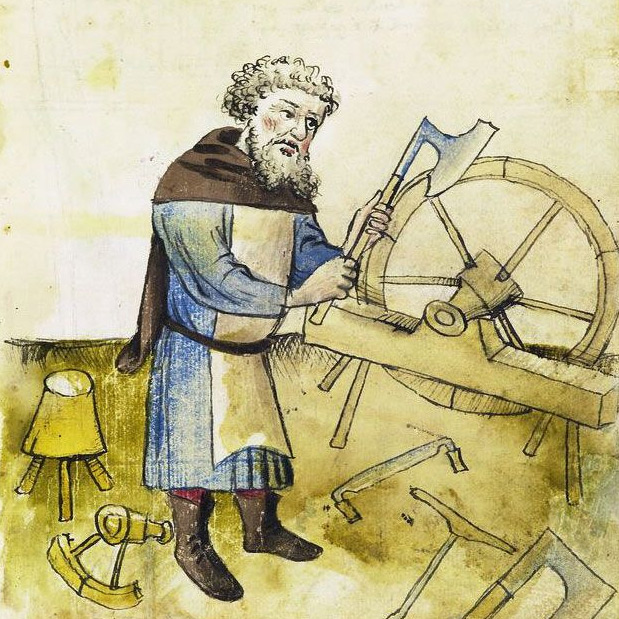
Medieval Wheelwright
Medieval candlemakers made candles from materials such as fat, tallow and beeswax.

Medieval Shoemaker
Medieval candlemakers made candles from materials such as fat, tallow and beeswax.
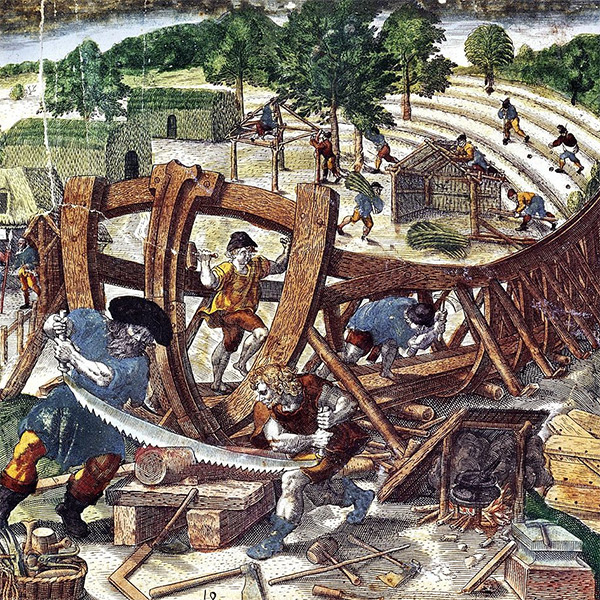
Medieval Shipwrights and Shipmaking
Being a sailor in the middle ages meant living a lonely and difficult life, as they would often set sail for months or even a year at a time.



